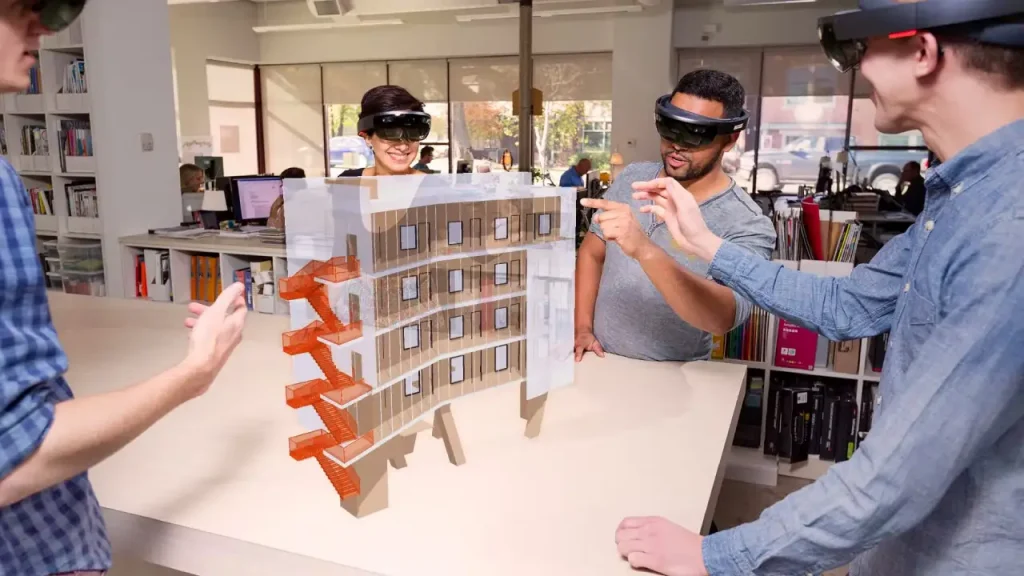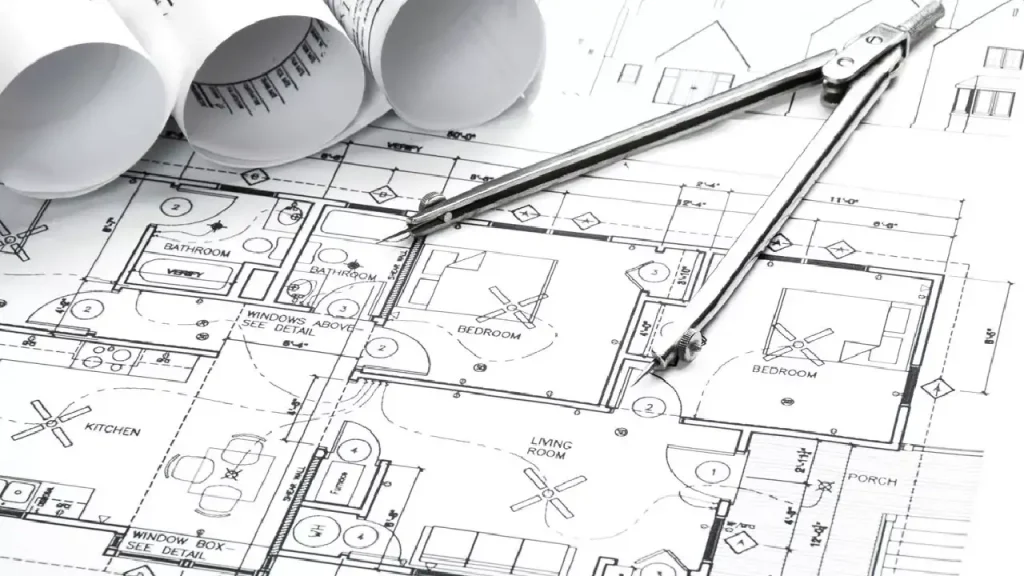
While traditional construction methods have been around for decades, virtual design and construction is a newer concept that is revolutionizing the industry. In this article, we will take an in-depth look at what makes VDC different from traditional methods and how it can benefit you and your projects. Read on to find out more!
What is Virtual Design and Construction?
Virtual design and construction (VDC) is an innovative methodology that uses advanced technology to improve the design and construction process. VDC can be used for new construction projects, as well as renovations and additions.
Traditional methods of design and construction can be time-consuming and expensive, often resulting in errors and rework. VDC offers a more efficient and effective alternative. By using 3D modeling, BIM (building information modeling), and other cutting-edge technologies, VDC allows for a greater level of coordination and communication between all project stakeholders. This results in fewer errors, less rework, and shorter project timelines.
VDC is not just about using technology – it’s also about changing the way we work. VDC requires a collaborative approach that involves all members of the project team working together from the beginning. This includes architects, engineers, contractors, fabricators, suppliers, etc. Working together virtually enables everyone to see the “big picture” and make sure that all parts of the project fit together seamlessly.
If you’re looking for a more efficient way to design and build your next project, consider using virtual design and construction!
How Does Virtual Design and Construction Differ from Traditional Methods?

Virtual design and construction (VDC) is an emerging technology that is changing the way architects, engineers, and construction managers work. VDC allows for the creation of a virtual model of a project before it is built, allowing for more accurate planning and coordination between disciplines.
Traditional methods of design and construction involve physical models and drawings that are created by hand or with simple computer-aided design (CAD) software. These methods are time-consuming and can lead to errors in the final product.
VDC uses advanced CAD software to create a 3D model of the project. This model can be used to plan every aspect of the construction process, from material procurement to installation. VDC allows for a more efficient use of resources and can help avoid potential problems during construction.
The use of VDC is growing in the AEC industry as more firms adopt this technology. VDC has the potential to revolutionize the way projects are designed and built, making the process more efficient and accurate.
Possible Benefits of Using VDC
As technology advances, so does the construction industry. Virtual design and construction (VDC) is an emerging field that uses advanced technology to improve the construction process. VDC has the potential to provide many benefits, including improved communication and collaboration, reduced errors and rework, and increased productivity.
VDC can improve communication and collaboration by providing a virtual environment where all project stakeholders can view and interact with the project data. This can help to identify potential problems early on and avoid costly mistakes. Additionally, VDC can be used to create immersive virtual reality simulations that allow stakeholders to experience the project before it is built. This can help to ensure that everyone is on the same page and that the final product meets everyone’s expectations.
Reduced errors and rework are another potential benefit of using VDC. By using advanced technologies such as 3D scanning and BIM (Building Information Modeling), construction professionals can create accurate models of existing conditions and proposed designs. This can help to identify potential conflicts early on in the design process, avoiding costly mistakes later on. Additionally, by having a more accurate understanding of the project before construction begins, workers on the job site are less likely to make errors that could cause delays or require rework.
Finally, increased productivity is another possible benefit of using VDC. By streamlining communication and collaboration among all project stakeholders, VDC can help projects stay on schedule and within budget. Additionally, by reducing errors and rework, VDC can
The Potential Risks of Using Virtual Design and Construction

Virtual design and construction (VDC) is an emerging technology that offers many potential benefits for the AEC industry. However, like all new technologies, there are also potential risks associated with its use. Some of the potential risks of using VDC include:
- Security risks: Because VDC relies on computer networks and cloud-based data storage, it is vulnerable to hacking and other security threats. A breach of security could lead to the loss or corruption of critical project data.
- Cost overruns: VDC can be a costly investment for a project, and if not used properly, can actually lead to increased costs. If not managed correctly, VDC can add complexity and cost to a project without providing any real benefit.
- Schedule delays: If not used properly, VDC can actually cause schedule delays. This is because VDC often requires significant upfront planning and coordination before it can be implemented on a project. If not done correctly, this planning and coordination can take away from time that could be spent working on the actual project.
- Quality issues: Because VDC relies heavily on computer-generated models and simulations, there is always the potential for errors in the final product. These errors can range from small discrepancies to major problems that could impact the safety of a structure or the success of a project.
Conclusion
Virtual Design and Construction is changing the way projects are managed. It offers great potential for improved communication, cost savings, efficiency and quality control. By utilizing digital tools to create a virtual model of the construction project, owners can save time and money while ensuring that all parts of the project come together seamlessly. VDC also allows for better collaboration between team members from different disciplines throughout the duration of a project, enabling faster completion times with fewer costly mistakes. With its many advantages over traditional methods, Virtual Design and Construction is quickly becoming an important part of every successful construction project.
Follow us to stay updated on LinkedIn, Facebook, Instagram and Twitter.
